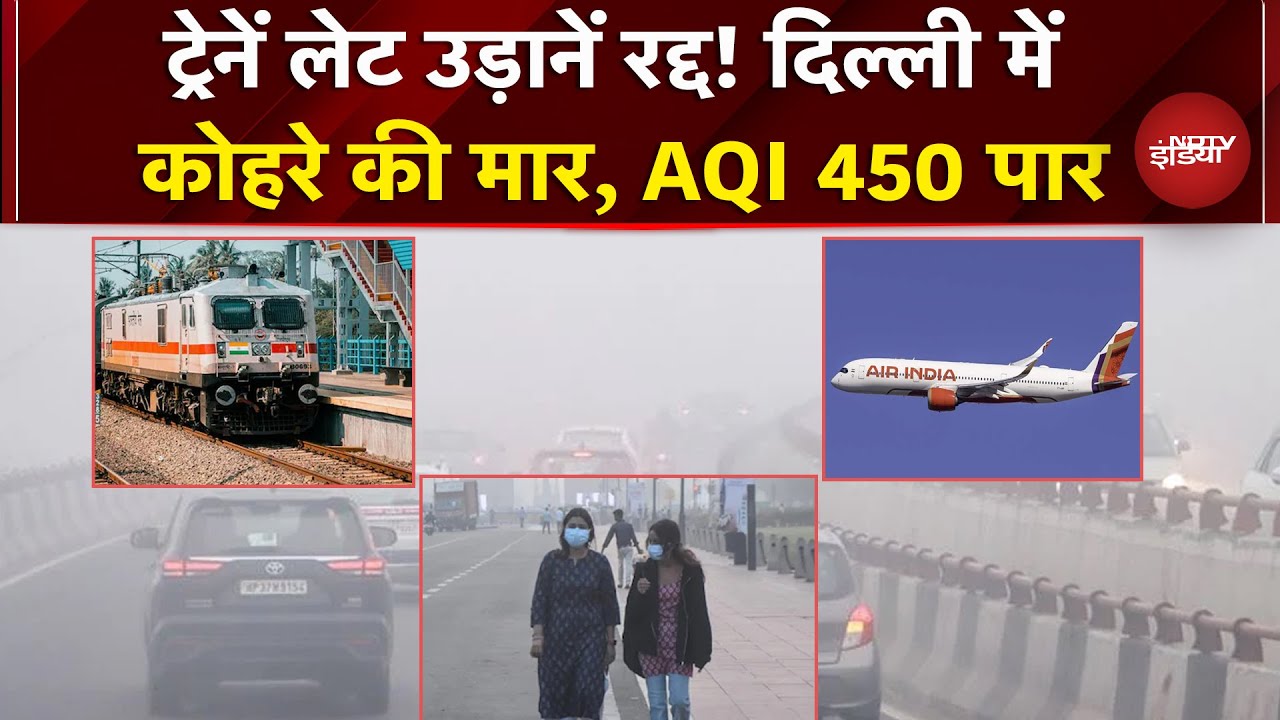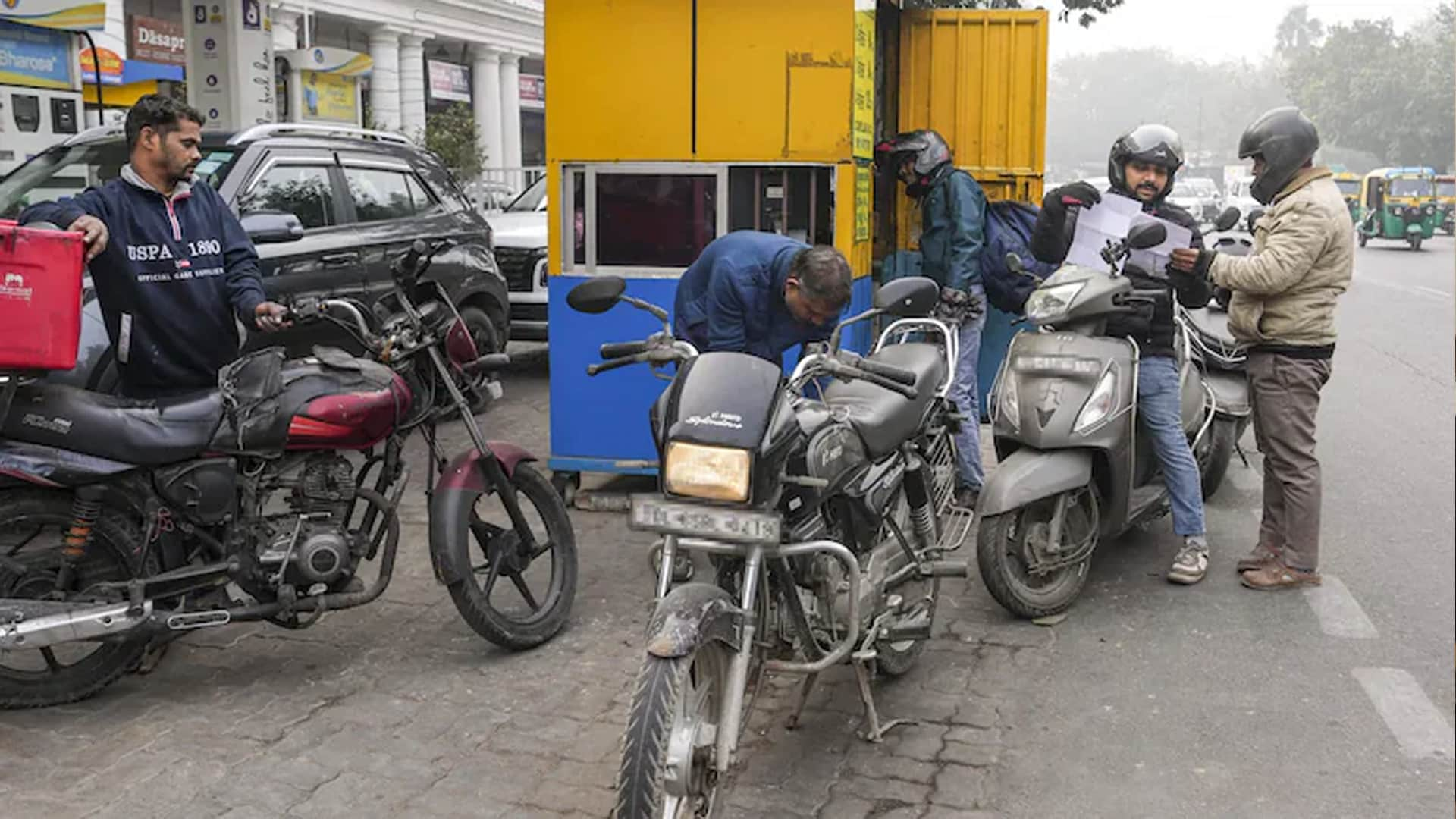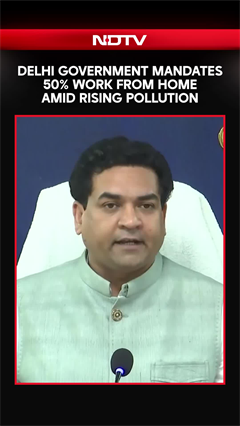- Home/
- Iceland Debuts "Mammoth", Largest Plant To Suck Planet-Heating Pollution From Air
Iceland Debuts "Mammoth", Largest Plant To Suck Planet-Heating Pollution From Air

Iceland has become home to the world's largest facility for extracting carbon dioxide directly from the atmosphere, marking a significant milestone in the fight against climate change.
Operated by Swiss firm Climeworks, the newly operational plant, named "Mammoth," has quadrupled the global capacity for direct air capture (DAC).
While existing DAC projects worldwide only manage to collectively capture around 10,000 metric tonnes of carbon annually, Mammoth is set to extract up to 36,000 metric tonnes per year once fully operational in 2024.

Utilising direct air capture technology, Mammoth functions as a giant vacuum, drawing in air and stripping out carbon using chemical processes. This marks Climeworks' second commercial DAC plant in Iceland, dwarfing its predecessor, Orca, by tenfold.

Following extraction, the captured carbon will be transported underground, where it will undergo a sequestration process with the Icelandic company Carbfix. This process involves converting the carbon into stone, effectively locking it away from the atmosphere permanently.
Crucially, the entire operation will be powered by Iceland's abundant and clean geothermal energy, further emphasising the plant's commitment to sustainability.
Speaking to CNN, Lili Fuhr, director of the fossil economy programme at the Centre for International Environmental Law, expressed concerns about carbon capture technology, stating that it "is fraught with uncertainties and ecological risks."
The inauguration of Mammoth represents a significant step forward in the global effort to combat climate change by actively removing carbon dioxide from the atmosphere, offering hope for a more sustainable future.
also read
Delhi Government To Install Air Purifiers In 10,000 Classrooms As Pollution Soars
Reported by Ishika Verma, Edited by Amit ChaturvediBattle For Breath: Mumbai's Elite Enclave Turns Pollution Hotspot
Reported by Jitendra Dixit, Edited by Srishti Kapoor"Leaving Delhi After 13 Years": Man Blames City's Pollution For Developing Asthma
Edited by Astitva Raj
Latest Stories
- Reported by Ishika Verma, Edited by Amit Chaturvedi | Friday December 19, 2025
The government plans a phased rollout, funded through the environment cess, though exact installation timelines have not been announced.
- Reported by Jitendra Dixit, Edited by Srishti Kapoor | Friday December 19, 2025
Air quality in and around Bhakti Park and Wadala Truck Terminal (TT) has plummeted in recent weeks, with AQI levels soaring beyond 300 - classified as "severe".
- Edited by Astitva Raj | Friday December 19, 2025
His post quickly became popular among people who have experienced similar health and safety concerns while living in Delhi.
- Press Trust of India | Friday December 19, 2025 , New Delhi
Commuter awareness rises after Delhi's BS-VI and No PUC, No Fuel enforcement; fuel sales dip in border areas, PUC queues remain steady, says DPDA president.
- Written by Chandrashekar Srinivasan | Friday December 19, 2025 , New Delhi
India's lawmakers were supposed to discuss the horrid blanket of toxic air smothering the national capital region sometime during Parliament's winter session, which wrapped up Friday. But they could not find the time.
................................ Advertisement ................................
Latest Videos
Opinion
Blog | Well Done, Delhi. You've Turned Lung Sacrifice Into A Badge Of HonourSaikat Kumar Bose
Monday November 10, 2025Till some years back, Delhiites would ask angry questions to those in power about the capitals annual tryst with toxic air. This has changed. Those in the driving seat dont see the need to answer now.
Opinion | Why Indians Have Just Given Up On Air Pollution CrisisTanushree Ganguly
Friday December 20, 2024While some may argue that people in Delhi are now more aware of air pollution than they were a decade back, my rebuttal would be that awareness does not mean that people are concerned.
Opinion | You Must Outrage Over Filthy Air More Than Once A YearJyoti Pande Lavakare
Tuesday December 10, 2024Delhi welcomed us with monsoon rains and mangos. We were home. Fast forward a couple of years, in the winter of 2012, I found myself in denial about something other parents, mostly expats, were calling toxic air.
Opinion | Delhi's Air Pollution Situation Is Like A Bad MarriageNishtha Gautam
Friday November 22, 2024On a good day, such as today, the AQI reading in Delhi is 407. We are jubilant at the sickly sunshine trickling through the slightly dissipated smog. At least its not 1600.
दिवाली... पराली... सियासी जुगाली!Ashwini kumar
Monday November 18, 2024दिल्ली-एनसीआर में प्रदूषण का समाधान तो आज तक मिला नहीं. हर साल चिंतित होकर हम-आप सांसों की तकलीफ के साथ-साथ दिल और ब्लड प्रेशर के मरीज भी क्यों बनें?


















